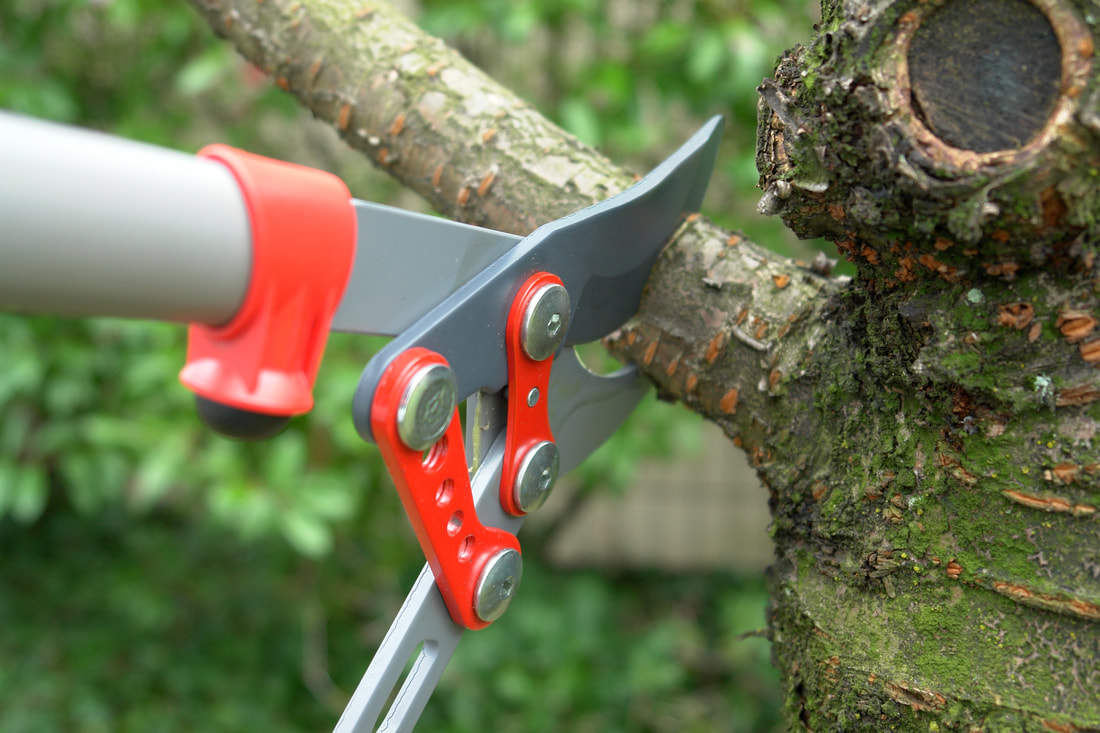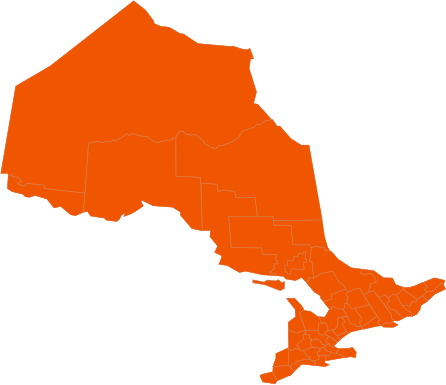The most important thing you should know, before we discuss pruning techniques is: if you’re not confident in your ability to prune properly, than you shouldn’t prune at all. Improper pruning can wreck havoc on the tree or shrub and can cause damage, deformity and even weaken the plant itself. Pruning is an art as it is a balance between making the tree or shrub look nice and also doing what is required to stay healthy.
The reasons you may want to prune your trees, shrubs, hedges and even flowering plants are plenty.
– to remove dead, dying or problematic limbs
– to promote healthy growth
– to remove branches that rub together
– to get rid of the density that a tree or shrub may have
– to get rid of branches that grow to close to one another
– to get rid of sprouts that shoot directly up in a 90 degree angle from the main branches
– to control the plant size and shape
– to get rid if limbs that sag or drag close to the ground
– to get rid of overgrowth, as some species grow wildly
– to minimize the risk of fungus or insect infestation
Timing is of the essence; while many trees and shrubs are better pruned in the winter before they go dormant, others do much better when they’re pruned in the spring and fall.
Depending on the tool you use, whether it be pruning shears, a hand pruner, a saw or a pole, a sharp blade is always better than a dull one. A tree or shrub will take longer to heal if it was pruned with a dull blade and can also create unnecessary damage to the plants’ limbs.
Removing as little as possible is generally a good rule to follow. If there’s a particular shape that you want to acquire, take off a little bit at a time. If there is limb damage, then take off the affected branch but try to preserve what can be saved.
Heading flowering plants is also classified as a type of pruning and is specifically when you make a cut above a healthy bud. This will allow the plant to grow back fuller and bushier.
Lastly, to have healthy and wonderful looking gardens, you should add pruning to your regular maintenance schedule and do it on a regular basis. A word of caution here. If dealing with large damaged tree limbs or pruning that requires you to get on a ladder, please seek the skill of a professionally trained arborist. Paramount is lucky to have the best working for us, so please, make sure your safety comes first and let us know if you need a hand with this type of service.



